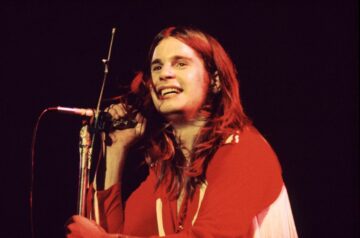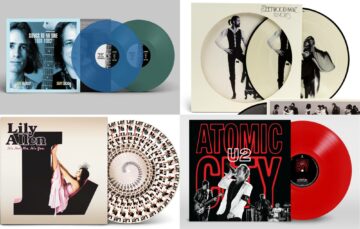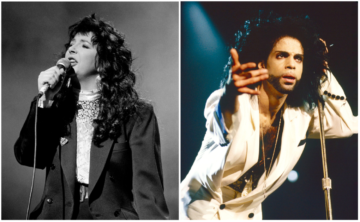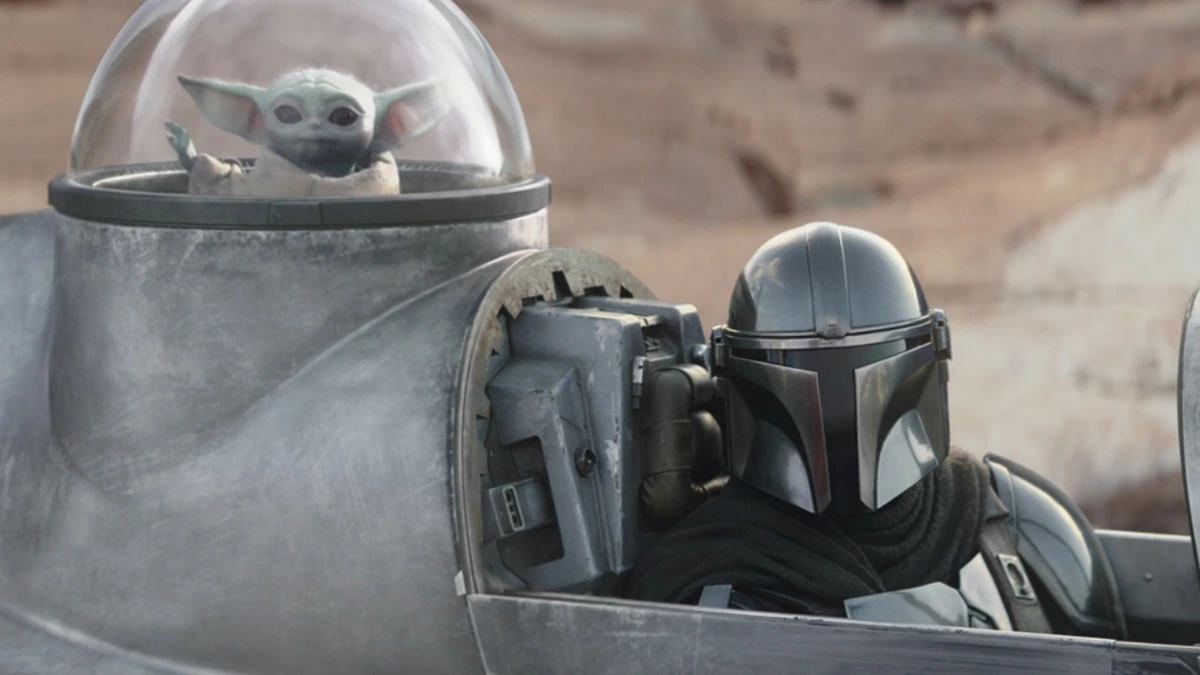
The Mandalorian season 3 is currently streaming on Disney+, but many are demanding the series be more like Andor. Jack Francis argues there’s room for both shows under the umbrella that is Star Wars.
When Season 3 of The Mandalorian began a few short weeks ago, a strange discourse took hold over social media, and even found its way to comment pieces across numerous publications. The overarching premise of the discourse was simple – The Mandalorian needs to take lessons from 2022’s Andor. But how? In the tone, the themes, the general aesthetic? It was a broad statement with no clear definition, but one that took hold and left the masses questioning whether they still liked the Pedro Pascal -starring show which only a year ago had a monoculture so large it could have covered the entirety of Tatooine.
Andor was a masterful piece of television. Arguably the best TV show of 2022, and maybe even Star Wars at its best since Disney’s acquisition of Lucasfilm, Andor succeeded for many reasons. The writing and direction were flawless, as were the performances from the entire cast, from Diego Luna’s weary hero, Cassian Andor, to Alex Lawther’s idealistic Karis Nemik.
Even right down to the production design, costumes, the sets, the world of Andor felt wholly real and lived in, quite a feat given the setting of Star Wars. Andor’s mature and political take on the overarching themes that govern most of Star Wars – hope, freedom, belonging, choice – was refreshing and new, setting it apart from other offerings within the canon.
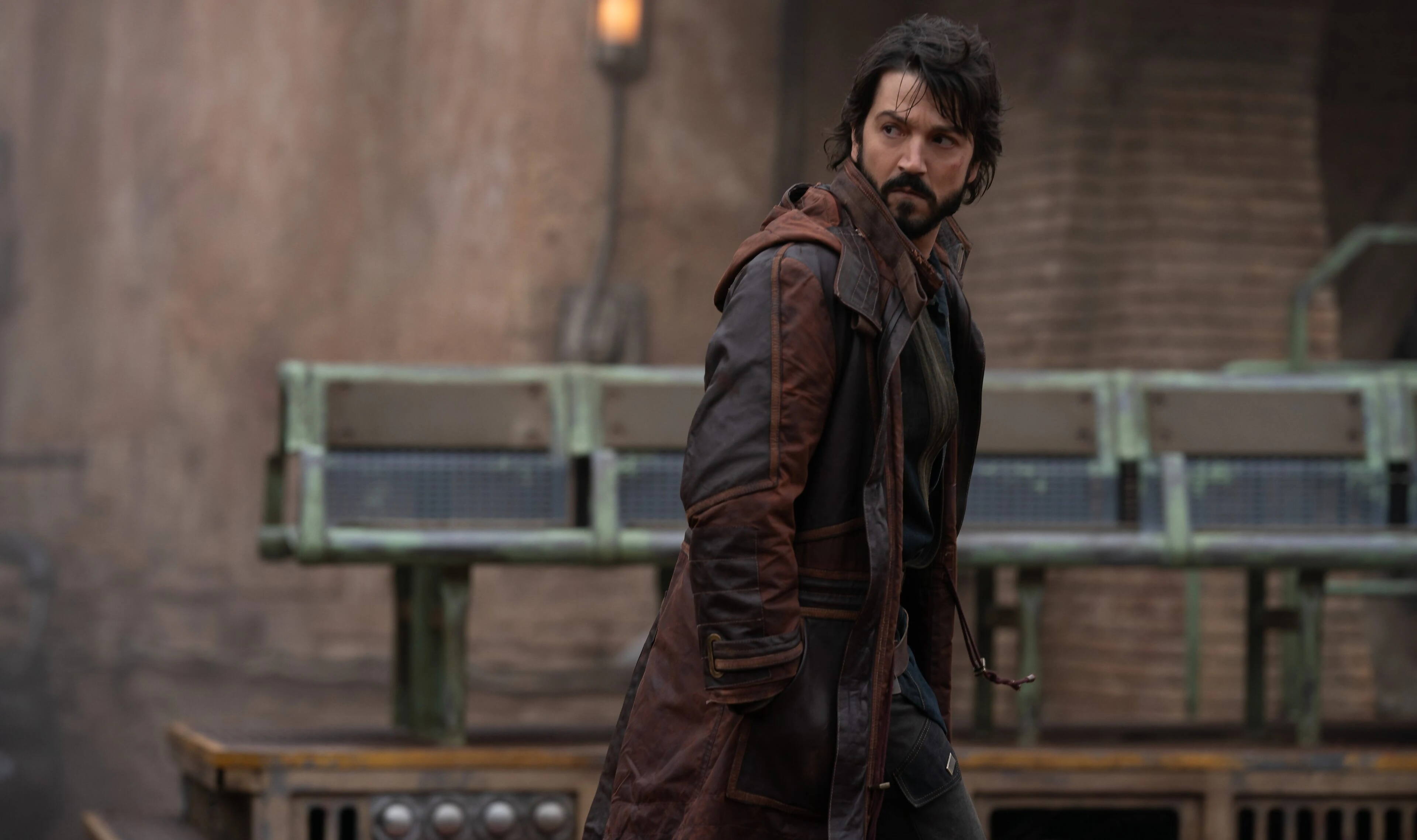
Diego Luna in Andor. Credit: Disney+
The Mandalorian, on the other hand, represents something completely different with its narrative and aesthetic. It’s in no way a lesser addition to Star Wars and certainly no less enjoyable or compelling compared to Andor. The Mandalorian, by nature, isn’t dark and gritty like Andor, nor does it need to be. It’s a wonderful, family-friendly adventure, in essence, about a man and his adorable green foster child. Brimming with the campy silliness that so many Star Wars fans love about the saga, The Mandalorian can succeed just fine on its own merits, without trying to be something it’s not.
This isn’t to say that The Mandalorian isn’t to be taken seriously, or that Andor is utterly joyless. The former is very clearly building towards a significant crossover event, which will likely act as a pay-off to the cloning plot that has permeated its way through each season of The Mandalorian so far – and let’s be honest, cloning in Star Wars has never, ever, ended well.
Meanwhile, Andor still made time for bowls of blue milk amid all the action and plotting. Star Wars will always be both, and so much more. A shared world for fans and creators alike to inhabit, all of whom love being in a galaxy, far, far away, however that manifests.
It’s in this variety of tone that we hit the nail on the head. The discourse pitting The Mandalorian and Andor against each other is reductive because I’m not sure anyone really wants either show to be like the other. Comparing shows across different genres doesn’t work as a critical exercise. However, comparing shows to ensure they all demonstrate a certain quality in their craft is a more worthy exercise. Favreau and Filoni, the creators of The Mandalorian, along with Andor’s creator Tony Gilroy, both reach this quality and then some.
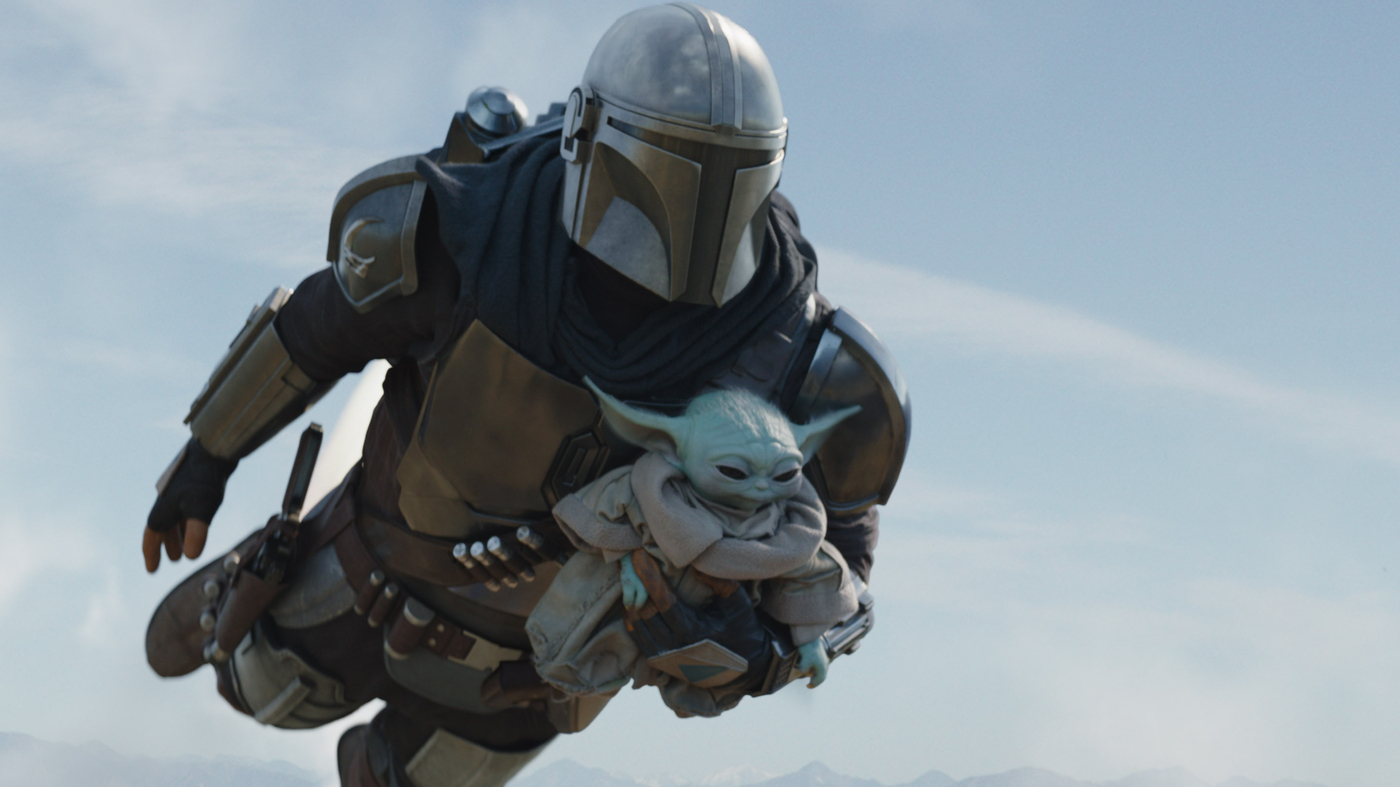
The Mandalorian. Credit: Disney+
The calls for homogeneity became even starker after Chapter 19 of The Mandalorian, titled ‘The Convert’. The episode, while bookend by Din, Bo-Katan and Grogu, featured a New Republic storyline centred around Dr Pershing, Elia Kane and cloning. Far from the typical style of The Mandalorian, this narrative felt like a neo-noir thriller pulled straight from Tony Gilroy’s playbook. But still, fans claimed these weren’t the changes they wanted.
That brings us to the importance, and relevance, of the Mandalorian uttering we’ve all become so accustomed to since we first heard it back in 2019 – “This is the Way”. Symbolising the issue with The Children of the Watch, who have blindly fallen into a state of mind where only their worldview is correct and all others are apostates as Paz Vizsla would say, losing sight of the bigger picture.
There is more than one ‘Way of the Mandalore’, just as there is more than one way of creating and enjoying Star Wars. Some fans, much like The Armourer’s Covert in the series, seem to have forgotten this. Star Wars works for so many reasons, in part, because there is more than one way to tell these stories, and more than one way to interpret them. The Mandalorian doesn’t need to be like Andor, in the same way Din Djarin and Bo-Katan Kryze don’t need to be like the more traditional The Armourer.
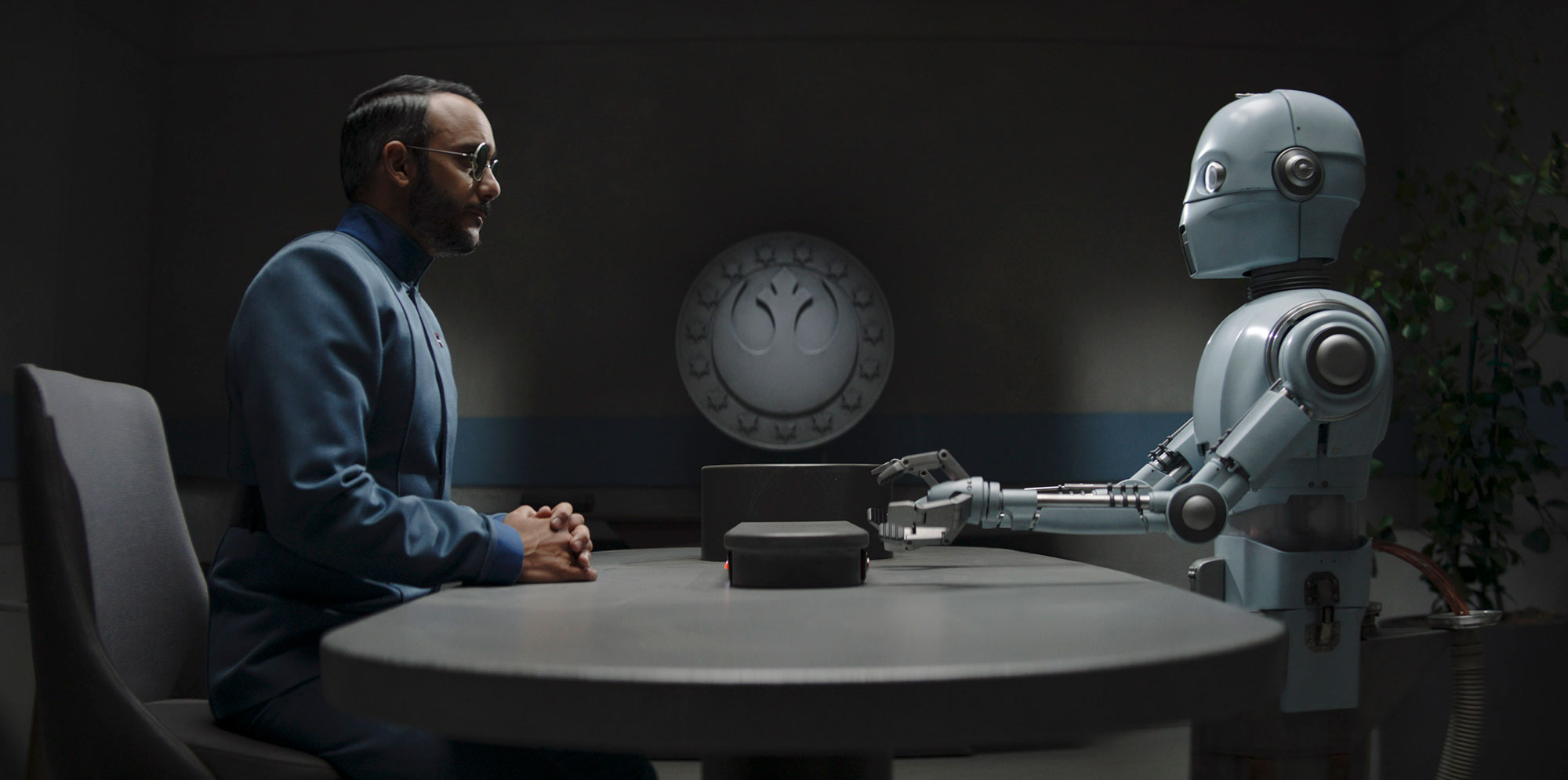
(L-R): Dr. Penn Pershing / Amnesty Scientist L52 (Omid Abtahi) and a parole droid (Regina Hermosillo) in Lucasfilm’s THE MANDALORIAN, season three, exclusively on Disney+. ©2023 Lucasfilm
Star Wars means so much to so many people, and our understanding, our love, and our appreciation for this world evolves over time, as it does with any other fantasy storytelling. We find the corners of the galaxy we enjoy the most, while keeping an eye on everything else going on in this wide world of wonderful beings. If you loved Andor and that’s your thing – great. It’s a wonderful show with another season on the way, and the success it achieved will absolutely lead to similarly themed shows and films in the future. But the more varied tones and genres Star Wars tackles, the better the product will be.

